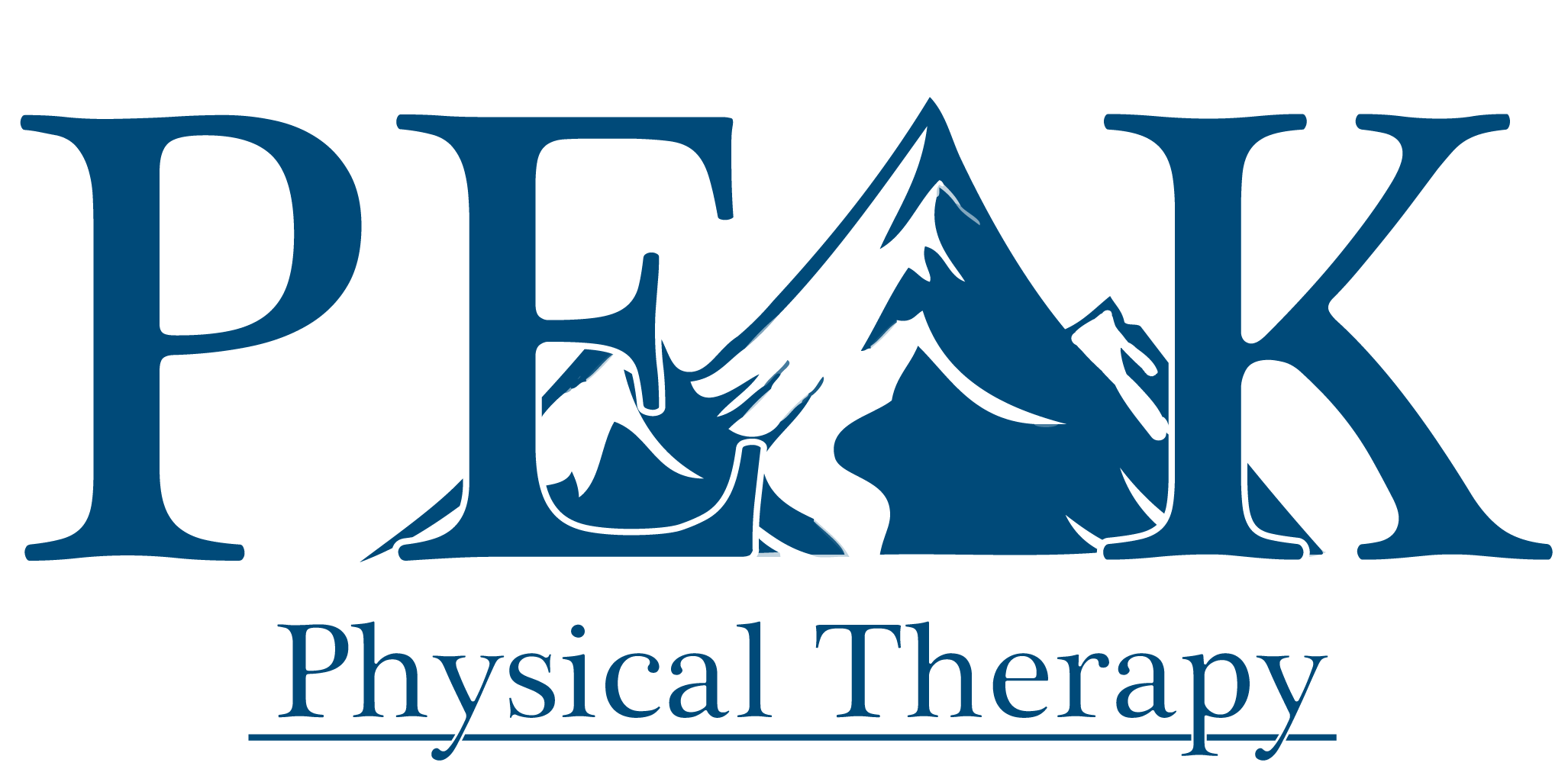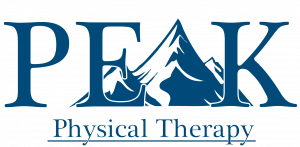Pre and Post-Surgical Rehabilitation
At Peak Physical Therapy, we understand surgery cannot always be prevented, and when necessary, extremely useful for restoring your normal lifestyle, daily activities and improving your quality of life. If you do undergo surgery, you can trust at Peak Physical Therapy your therapist will remain in constant communication with your surgical team to keep continuity of care as well as update your surgeon on your progress as you move through the rehabilitation process.
Some surgeons may even prescribe a few sessions of physical therapy prior to your operation to help strengthen your body before surgery and at Peak Physical Therapy, your therapist will provide you the education regarding any aspect of your upcoming surgery and what to expect during the recovery process. For example, it’s been researched that knee or hip surgery patients who have undergone physical therapy prior to surgery actually had a quicker recovery time than those who hadn’t gone through pre-operative rehabilitation.
Pre-Surgical Physical Therapy
The goals of a pre-surgical program are as follows:
- Mentally prepare for surgery and allows the opportunity for your therapist to educate you on the surgery, recovery, or anything in between
- Reduce pain and inflammation
- Restore range of motion
- Improve muscular control of the injured joint
- Normalize movement patterns prior to your surgery
- Improve overall well-being and fitness
- Gain a good understanding of the exercises that you will perform immediately after surgery
- Develop a trusting relationship with your physical therapist prior to surgery
Post-Surgical Physical Therapy

After a thorough evaluation by your physical therapist, goals will be set to minimize the adverse effects of surgery such as pain and swelling as well as to restore normal movement, flexibility and function. The therapist and patient will work together as a team to establish functional goals related to resuming normal activities of living as well as preventing an injury from recurring. The therapist will then design an exercise program tailored specific to the patient’s needs and abilities, and work. At Peak Physical Therapy, you will remain with the same therapist, working one-on-one to develop a trusting relationship who fully understand your needs after surgery.
Therapy is often divided into three distinct phases:
- The first comes immediately after surgery when the body part may be immobilized while pain and swelling subside in order for your body to go through it’s normal healing process.
- Following the surgeon’s protocol
- Flexibility exercises to improve range of motion
- Modalities such as heat, ice and electrical stimulation
- Manual therapy techniques (hands on)
- Self- care training safely
- Next, you and your therapist will design a plan (tailored to your needs after surgery) to involve a series progressively challenging exercises to restore range of motion, stability, and strength.
- Continue with above goals until no longer required
- Exercises to strengthen your muscles
- Gait analysis and training
- Posture, balance and coordination training
- Manual therapy techniques (hands on)
- Home exercise program
- The final (and ultimate goal!) is to return you to a pre-injury activity level. This is where you and your therapist really get into the most individualized portion of your rehab process. You and your therapist will identify any areas where you continue to struggle, or activities you have not returned to yet, and this will be the focus of phase three: Get you back to your normal life after surgery!
- Continue with above goals until no longer needed
- Manual therapy techniques as needed
- Home exercise program
- Sport specific training for safe return to sport
Common Orthopedic Surgeries Treated at Peak Physical Therapy Include (but not limited to):
- Cervical fusion or discectomy
- Spinal fracture repair
- Rotator cuff repair
- Bicep tendon repair
- Labral repair
- Total shoulder replacement
- Cubital tunnel release
- Carpal tunnel release
- Wrist/elbow fracture repair
- Trigger finger release
- Lumbar fusion or discectomy
- Total hip replacement
- Diastisis recti and post partum disorders
- Hip fracture fixation
- ACL, PCL, MCL or LCL reconstruction
- Menisectomy
- Total Knee Replacement
- Ankle fracture repair
- Ankle ligamentous repair
- Ankle fusion
- Achilles tendon repair
Bunionectomy

